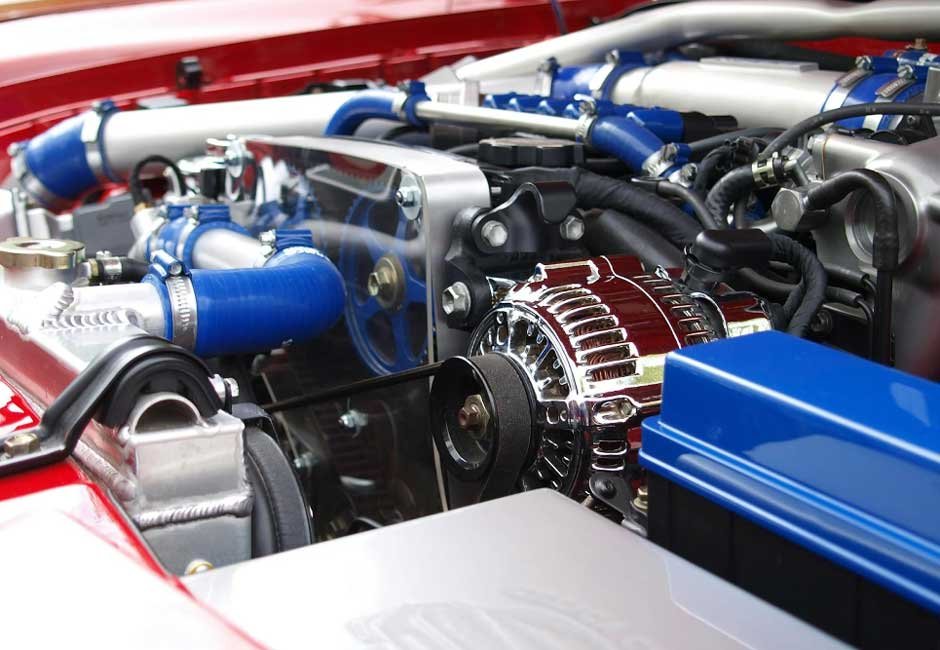The automotive sector is massive, with a market value of $3,564.67 billion in 2023. For companies in this industry, the supply chain is not just a part of operations but a vital foundation that needs to be resilient. The sector faces numerous obstacles like material shortages, geopolitical changes, and volatile market demands.
Under these conditions, challenges to production and profit margins can quickly disrupt operations, thus decreasing profitability margins and jeopardizing survival. With such risks at hand, developing an efficient supply chain network is absolutely critical to the survival of automotive companies in an unpredictable global marketplace.
Diversify Your Supplier Base
A practical strategy for strengthening your supply chain is to diversify your supplier base. Depending on just one source for essential components of a car like sensors, semiconductors, and connectors is risky. It’s crucial to build relationships with both global and local suppliers to ensure steady part supply and reduce the impact of regional disruptions, while also taking advantage of market differences.
Working with suppliers from various geographical and economic regions minimizes risks related to local economic downturns or logistical challenges. Expanding your supplier network also exposes your company to new ideas and technologies from around the world.
Invest in Technology for Better Forecasting
Investing in modern technology like artificial intelligence and analytics is essential for anticipating and managing supply chain issues before they grow worse. These tools allow automotive companies to sift through vast amounts of data and identify potential risks and their causes. By using real-time information, businesses can quickly adapt their purchasing strategies, keeping them prepared for any supply chain challenges.
This proactive strategy not only avoids delays but also improves decision-making, enabling companies to navigate disruptions with minimal impact. Using machine learning models can enhance these forecasts even more, leading to more precise and timely predictions.
Strengthen Relationships With Key Suppliers
Creating and maintaining good relationships with suppliers of essential parts, like wiring harnesses and electronic control units, is important. Regular communication and joint planning help both sides understand each other’s capabilities and needs.
This cooperative approach not only makes it easier to handle operational issues but also encourages innovation and mutual growth, which are essential in a competitive landscape. Strong partnerships can lead to better contract conditions and more reliable supply, especially during market fluctuations. They also establish a system for ongoing improvement and problem-solving, which boosts product quality and service.
Implement Agile Manufacturing Practices
Being agile in manufacturing is essential for a strong supply chain. By using modular designs and flexible production systems, companies can quickly adapt to changes. This means they can easily switch suppliers or adjust to new component designs. Agile methods help manufacturers act fast, reducing downtime and keeping production steady.
This flexibility leads to quicker responses and lowers costs related to inventory and storage by enabling timely production changes. Training employees to perform different tasks in the production process can further enhance this adaptability.
Increase Inventory Buffers for Critical Components
Keeping a stockpile of crucial items like batteries and brake systems is a smart way to protect against supply chain issues. Although this strategy requires finding a balance between storage costs and the risk of stopping production, having essential parts on hand can make a significant difference during unexpected shortages.
This strategy ensures continuous production and timely delivery of orders, safeguarding the company’s financial health and reputation. It also allows companies to capitalize on bulk purchasing, reducing costs and improving bargaining power in price negotiations, effectively protecting against price hikes and shortages.
Regularly Assess and Mitigate Risks
It is crucial for automotive companies to continually assess risks to spot weaknesses in the supply chain early. They should regularly review and update their supply chain strategies to minimize risks. Practices like scenario planning and stress testing are valuable for preparing for various types of disruptions and keeping operations smooth and uninterrupted.
Taking these proactive steps cultivates a strong, ready culture within the company, cutting down on the need for expensive, slow recovery actions. Keeping risk strategies updated with the latest market and technology trends keeps the supply chain strong and competitive.

Final Thoughts
Creating a resilient supply chain in the automotive industry is challenging but possible. It involves a clear plan that focuses on having a variety of suppliers, using technology for improved forecasting, building strong relationships with suppliers, adopting flexible manufacturing methods, increasing inventory levels, and consistently evaluating risks.
Automotive companies that adopt these steps will navigate today’s evolving market challenges effectively and position themselves for long-term profitability. These strategic actions will streamline and fortify the supply chain, ensuring the manufacturers remain competitive, even under difficult circumstances.

